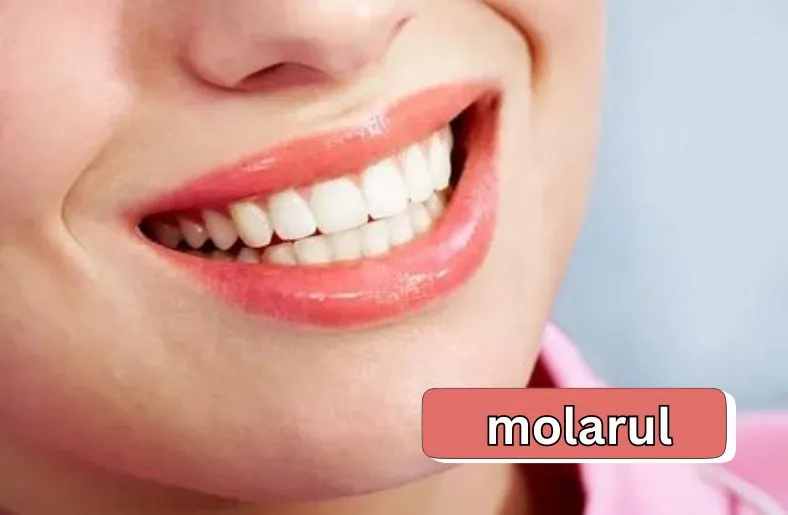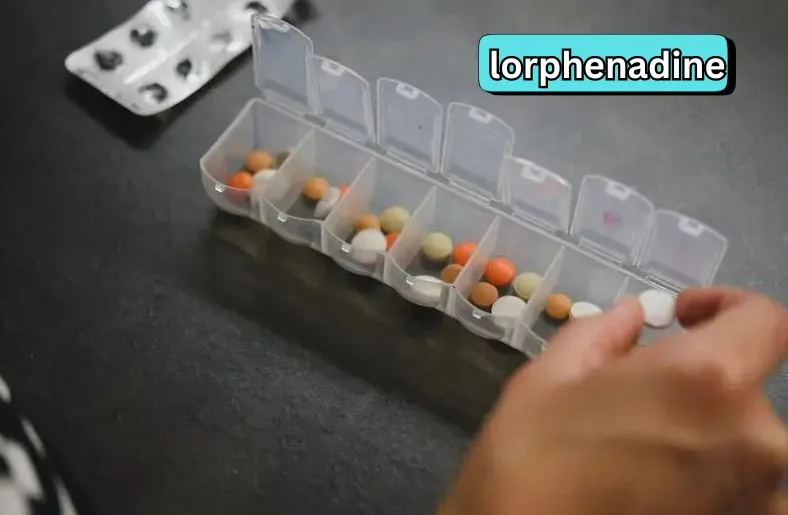Introduction
Molarul, or molars, are crucial for chewing and grinding food. These back teeth are more than just strong—they help us digest our meals properly. Without healthy molarul, eating can become difficult and uncomfortable.
Unfortunately, molarul are often at risk for problems. They can get cavities, become sensitive, or even suffer from gum disease. That’s why taking good care of them is so important. Regular brushing and flossing are essential, but there are other steps to keep molarul in top shape.
In this blog post, we will share essential tips for maintaining your molarul. From understanding their structure to dealing with common issues, we’ve got you covered. Our goal is to help you keep your molars healthy and strong, so you can enjoy your food and smile with confidence.
Understanding Molarul: Structure and Function
Molarul, or molars, are the large teeth located at the back of your mouth. They are crucial for chewing and grinding food. Unlike front teeth, molarul have a broad surface with multiple bumps called cusps. These cusps help break down food into smaller pieces.
Each molar has several parts. The outer layer, called enamel, is the hardest substance in your body. It protects the tooth from damage. Under the enamel is the dentin, which is softer and supports the enamel. The innermost part is the pulp, which contains nerves and blood vessels. The roots anchor the molar in your jawbone, providing stability.
Molarul come in different types. The first molars are usually the biggest and strongest. They are located closest to the back of your mouth. Second molars, or “12-year molars,” come in when you’re around 12 years old. Lastly, the third molars, often known as wisdom teeth, usually appear in late teens or early twenties.
Molarul play a key role in digestion. They help break down food, making it easier to swallow and digest. Properly functioning molars ensure that your bite is balanced and your smile remains healthy. Understanding how molarul work helps you appreciate their importance in daily life.
Common Problems with Molarul
Molarul, or molars, can face several common problems. One major issue is cavities. Cavities occur when bacteria in your mouth produce acids that erode tooth enamel. These acids can create holes, leading to pain and decay.
Another common problem is gum disease. When plaque builds up along the gumline, it can cause inflammation and infection. This can lead to red, swollen gums and bad breath. If not treated, gum disease can damage the bone that supports your molarul.
Molarul can also suffer from sensitivity. This happens when the enamel wears down or gums recede. Sensitivity makes teeth hurt when eating hot, cold, or sweet foods. It can be uncomfortable and annoying.
Sometimes, molarul can crack or break. This might happen due to biting hard foods or accidents. A broken molar can be painful and needs prompt attention to prevent further damage.
Lastly, wisdom teeth, which are the third molars, often cause problems. They can become impacted, meaning they don’t have enough space to come in properly. This can cause pain, swelling, and infection.
Recognizing these issues early helps prevent more serious problems. Regular dental check-ups and good oral hygiene can keep molarul healthy and strong.
Preventive Care for Molarul
Preventive care is key to keeping your molarul healthy. Start with regular brushing. Brush your teeth twice a day with fluoride toothpaste. This helps remove plaque and prevent cavities.
Next, floss daily. Flossing gets rid of food particles and plaque between your molars where a toothbrush can’t reach. It keeps your gums healthy and reduces the risk of gum disease.
Using mouthwash can also help. Mouthwash reaches areas that brushing and flossing might miss. It kills bacteria and freshens your breath.
Another important step is to visit your dentist regularly. Schedule check-ups every six months. Dentists can spot problems early and clean your teeth thoroughly.
Diet plays a big role too. Eat a balanced diet rich in vitamins and minerals. Foods high in calcium, like milk and cheese, strengthen your molars. Avoid sugary snacks and drinks, which can lead to cavities.
Consider dental sealants as well. Sealants are protective coatings applied to the chewing surfaces of your molars. They protect against decay and are especially helpful for kids and teenagers.
Finally, if you play sports, wear a mouthguard. It shields your molars from injury during physical activities.
By following these preventive care tips, you can keep your molarul in great shape and enjoy a healthy smile.
Managing Tooth Sensitivity
Tooth sensitivity can make eating and drinking uncomfortable. Understanding how to manage it can help you find relief.
Start by using toothpaste made for sensitive teeth. These toothpastes contain compounds that help block pain signals from reaching the nerves.
Next, brush gently. Using a soft-bristled toothbrush and applying light pressure can prevent further wear on your enamel.
Avoid acidic foods and drinks. Citrus fruits, tomatoes, and sodas can wear down enamel and increase sensitivity. Rinse your mouth with water after consuming these items.
If you grind your teeth, consider using a night guard. Teeth grinding, or bruxism, can expose sensitive areas of your teeth. A night guard can protect your molars from this damage.
Gum disease can also lead to sensitivity. Maintain good oral hygiene by flossing daily to keep your gums healthy. If you notice gum recession, it’s important to visit your dentist.
In some cases, your dentist might recommend fluoride treatments. Fluoride helps strengthen enamel and reduce sensitivity.
Lastly, avoid using tooth whitening products if they cause discomfort. These products can sometimes increase sensitivity, so discuss alternatives with your dentist.
Managing tooth sensitivity involves a mix of proper care and lifestyle changes. By following these tips, you can ease discomfort and keep your molars healthy.
Treatment Options for Molarul Issues
If you have problems with your molarul, several treatments can help. First, let’s talk about fillings. Fillings repair cavities by filling the empty space left by decay. This stops further damage and restores your tooth’s shape.
For more severe issues, a root canal might be needed. A root canal treats the inside of the tooth if it’s infected. The dentist removes the damaged tissue and seals the tooth.
Crowns are another option. A crown is a cap placed over a damaged tooth. It protects and strengthens the molarul, making it function like a healthy tooth.
If the molarul is severely damaged or missing, dental implants might be the solution. An implant is a metal post inserted into the jawbone. A crown is then placed on top of it, mimicking a natural tooth.
Orthodontic treatments, like braces or clear aligners, can fix alignment problems. They adjust the position of your molarul, helping with bite issues and overall dental health.
In some cases, extraction might be necessary. If a molarul is too damaged or causing problems, the dentist may remove it. After extraction, your dentist will discuss options to replace the missing tooth, such as implants or bridges.
Each treatment option has its own benefits. Your dentist will recommend the best one based on your specific needs. By following their advice, you can ensure your molarul remains healthy and functional.
Advanced Care Techniques
Advanced care techniques can enhance molarul health beyond basic routines. One such technique is laser dentistry. Lasers can treat cavities and gum problems with precision, reducing discomfort and recovery time.
Another innovation is digital impressions. Instead of messy molds, dentists use digital scanners to create accurate tooth images. This improves the fit of crowns and other restorations.
3D imaging is also becoming popular. It provides a detailed view of your teeth and jaw, helping with complex treatments and planning.
For those with severe wear or damage, CAD/CAM technology offers custom solutions. This technology designs and creates restorations like crowns in a single visit, speeding up the process.
Lastly, tooth-colored fillings and restorations blend seamlessly with your natural teeth. They look and feel like real teeth, making them a great choice for visible molarul.
These advanced techniques make dental care more effective and comfortable. They offer quicker results and better outcomes, helping you maintain a healthy smile. Talk to your dentist about these options to find what works best for you.
Tips for Long-Term Molarul Health
To keep your molarul healthy for years, follow these simple tips. First, brush your teeth twice a day with fluoride toothpaste. This helps remove plaque and prevent cavities.
Next, floss daily to clean between your molarul where brushes can’t reach. Flossing helps avoid gum disease and keeps your breath fresh.
Also, use mouthwash to kill germs and strengthen your teeth. Choose a product with fluoride for extra protection.
Eat a balanced diet rich in vitamins and minerals. Foods like dairy, fruits, and vegetables support strong teeth and gums. Avoid sugary snacks that can lead to cavities.
Regular dental visits are crucial. See your dentist every six months for check-ups and cleanings. Early detection of problems can save your molarul.
Lastly, avoid habits like chewing on ice or hard objects. These can damage your molarul and lead to costly repairs.
By following these tips, you can ensure your molarul stay strong and healthy, helping you maintain a bright smile.
Conclusion
In conclusion, maintaining healthy molarul is crucial for overall dental well-being. By understanding their structure and common issues, you can take proactive steps to prevent problems. Regular brushing, flossing, and dental check-ups play a vital role in preserving molarul health. Incorporating preventive care and managing sensitivity can enhance your oral comfort. Exploring advanced care techniques and treatment options ensures you receive the best care for any issues that arise. By following these tips and staying informed, you can enjoy strong, healthy molarul and a confident smile for years to come. Prioritize your dental health to keep your smile bright and vibrant.





